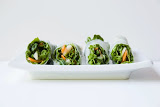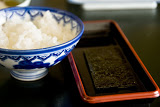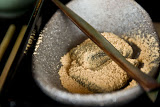|
In Japan, sushi is an art. Men --- only men, because women cannot become sushi chefs --- spend three years exclusively studying how to making rice. As dawn rises in Tokyo, chefs arrive at the Tsujiki Fish Market to ensure that they get the best and freshest seafood for their clientele. In the first auction of 2012, a Tokyo-based sushi chain bought a 593-pound bluefin tuna for a recordbreaking $736,000. This careful attention to sushi means that the best sushi restaurants are omakase , meaning that you do not order and simply ask the chef to prepare whatever they like for you. At home, Japanese women frequently prepare sushi for picnics, snacks, or easy dinners. Yuki, a Japanese expat and trained chef, is helping demystify the home sushi-making process for Londoners at Yuki's Kitchen . She teaches several classes, including a vegetarian class, a kids' sushi class, and the most popular sushi class."Rice is critical," Yuki began instructing us. "When we Japanese go to a sushi restaurant, we will compare the quality of rice as much as the fish." We began by mixing rice vinegar, sushi, and salt over low heat until absorbed and then letting this mixture cool. Then, we thoroughly rinsed three cups of sushi rice thoroughly in water until the water ran clear. The rice sits with water overnight. She boiled the rice and once cooked, put into a wide baking dish or bowl with the sushi vinegar mixture and mixed carefully. Her trick is to turn a fan on the rice so that it cools but doesn't clump. The rice can be kept in a cool place for a full day. NEVER put the rice into the refrigerator! The sushi vinegar mixture can be refrigerated for a few weeks. We then started with preparations for a futo-maki roll. Yuki quickly grated a carrot and then reconstituted a few shitake mushrooms in water for about 30 minutes. Yuki dries her own shitake mushrooms by buying plump fresh ones and leaving them in a cool place for a few days. After reconstituting the mushrooms, Yuki squeezed and sliced the mushrooms. She boiled the mushrooms, carrots, and leftover mushroom stock (dashi), with soy sauce and sugar. While the carrot-mushroom mixture cooled, we began work on the Japanese omelette (tamago). Yuki beat two eggs with 1/3 cup of the dashi, sugar, salt, and soy sauce, and strained the mixture into another bowl. Yuki poured the egg mixture into a hot oiled square skillet in a very thin layer and then folded it over itself. Then she poured more of the mixture into the pan and folded the cooked crepe part of the omelette over the thicker omelette. As the omelette thickened, she kept pushing the egg further back against the edge of the pan so it created a thick rectangle. She handed the spatula to me and I found this quite difficult to manage with the spatula alone. If you make this dish, you will definitely need to use your fingers and a spatula. When we finished, the tamago had fifty or more layers in it. This sounds quite tricky and it was! I will tell you that the tamago was the most difficult part of the sushi-making process. This video is quite helpful in showing how to make tamago . Then, we cut the tamago into rectangular slices. Now, came the fun part! We put saran wrap on a bamboo roll and then placed a sheet of nori toward the bottom of the bamboo roll. Then, we put a thin layer of the sushi rice onto the bottom two-thirds of the nori wrapper. Yuki warned us not to overstuff our sushi. After we put the rice and stuffing onto the nori, we carefully sealed the nori by lifting the bamboo roll over the other edge, so that the part of the nori without rice tucked over the other side. For inside-out rolls, we placed rice on the outside of and the fillings inside. In those rolls, it was harder to tuck the nori together. None of us did very well on our first few rolls but by our third roll, we were able to tuck the roll quite well. We made a futo-maki sushi roll (a fat roll) which included the tamago, cucumber and carrot-shitake mixture; a maki roll with cucumber or salmon; and an inside-out roll with avocado and cilantro or mackerel and cilantro. We also stuffed some rice and the carrot-shitake mixture into a thin tofu-skin wrapper. Finally, we made a temaki hand roll, by simply taking a sheet of nori, turning it into a cone, adding rice, cucumber, salmon, and some pickled vegetables. Yuki explained that, on busy nights, her mother would set out ingredients for handrolls and the family would each wrap their own rolls. Sushi is "like a sandwich," Yuki explained. "You can put anything in sushi" and any combination of flavors. She said that, though Japanese aren't traditionally vegetarian, they often eat vegetarian sushi because it is another "sandwich-type" option. After making our rolls, we cut them. I can honestly say that this was the most difficult part of the whole operation. A VERY sharp knife is needed as well as a wet cloth. We wiped the knife blade onto the wet cloth, then gently sliced through each roll, ensuring that we did not press down too hard onto the roll. After each slice, we had to remember to wipe the knife on the wet cloth, otherwise the knife would stick to the sushi, creating a mess. But, once done, we had an outstanding and very filling sushi lunch. I can't wait to try using Yuki's recipes at home! Details I highly recommend Yuki's Kitchen for a fun and easy way to learn about making basic Japanese dishes such as sushi, meat dishes, and bento boxes. Yuki is personable and sweet and is currently working on writing a Japanese Homecooking cookbook. I think this would be a great experience for kids, as well. If you are in London and love Japanese food (as we do), e-mail Yuki at yuki [at] yukiskitchen [dot] com to set up your class. Yuki sponsored our sushi class but all opinions are, as always, our own. |
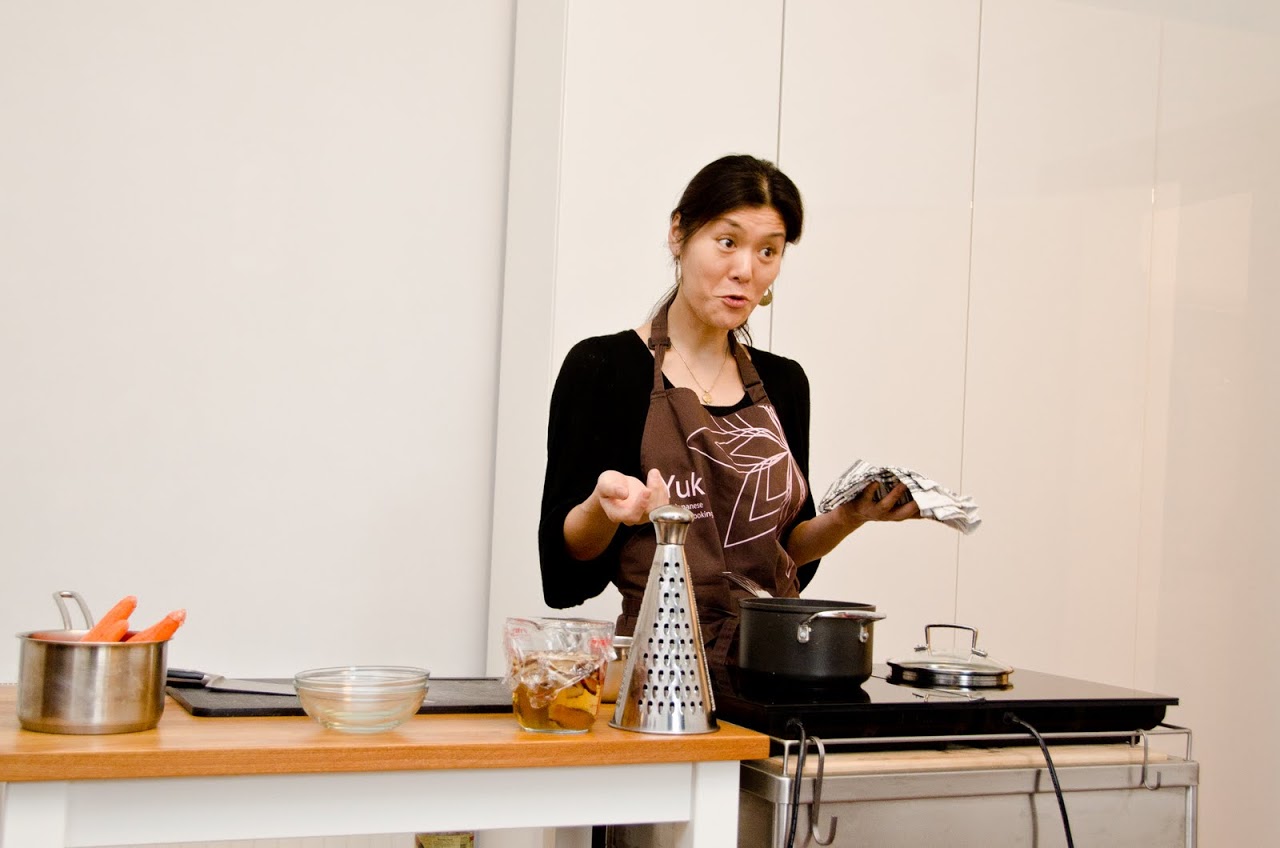
|
||
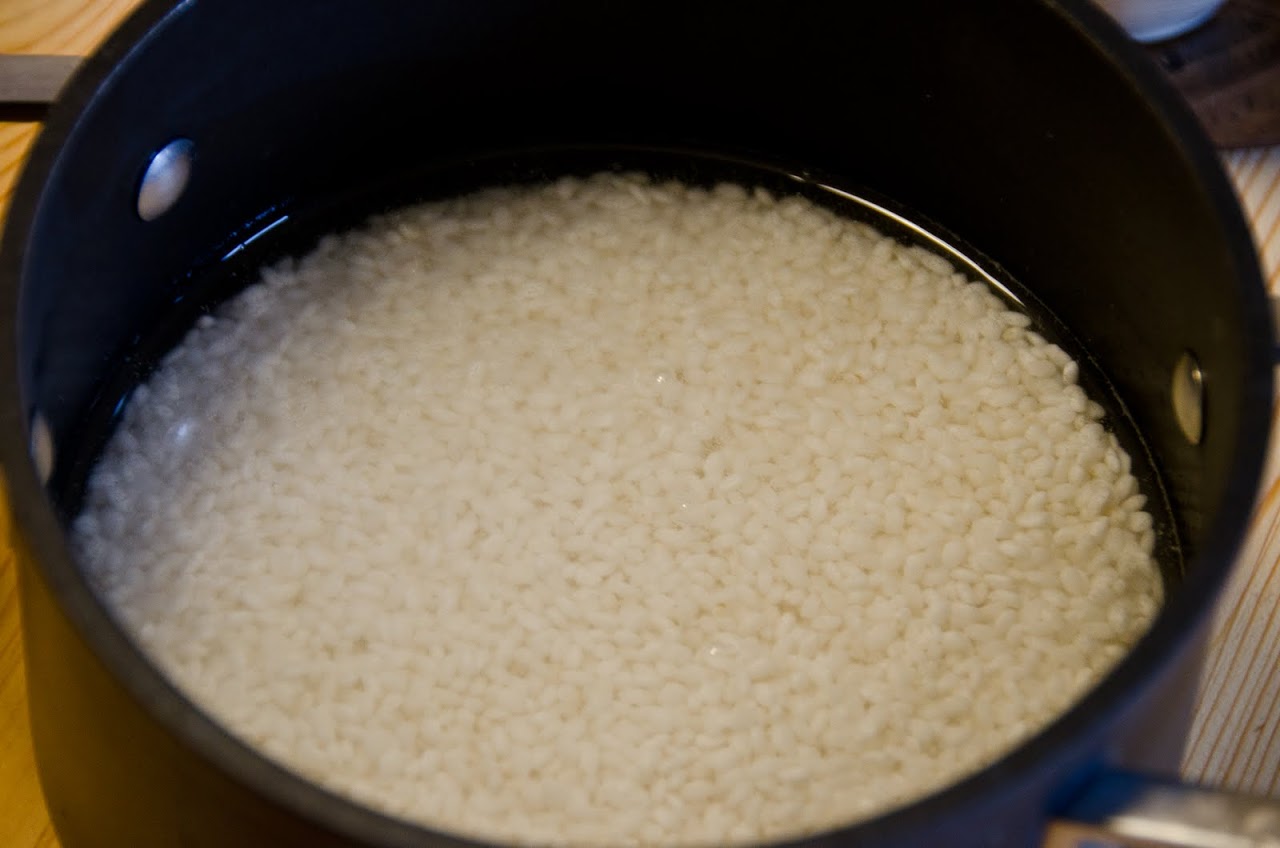
|
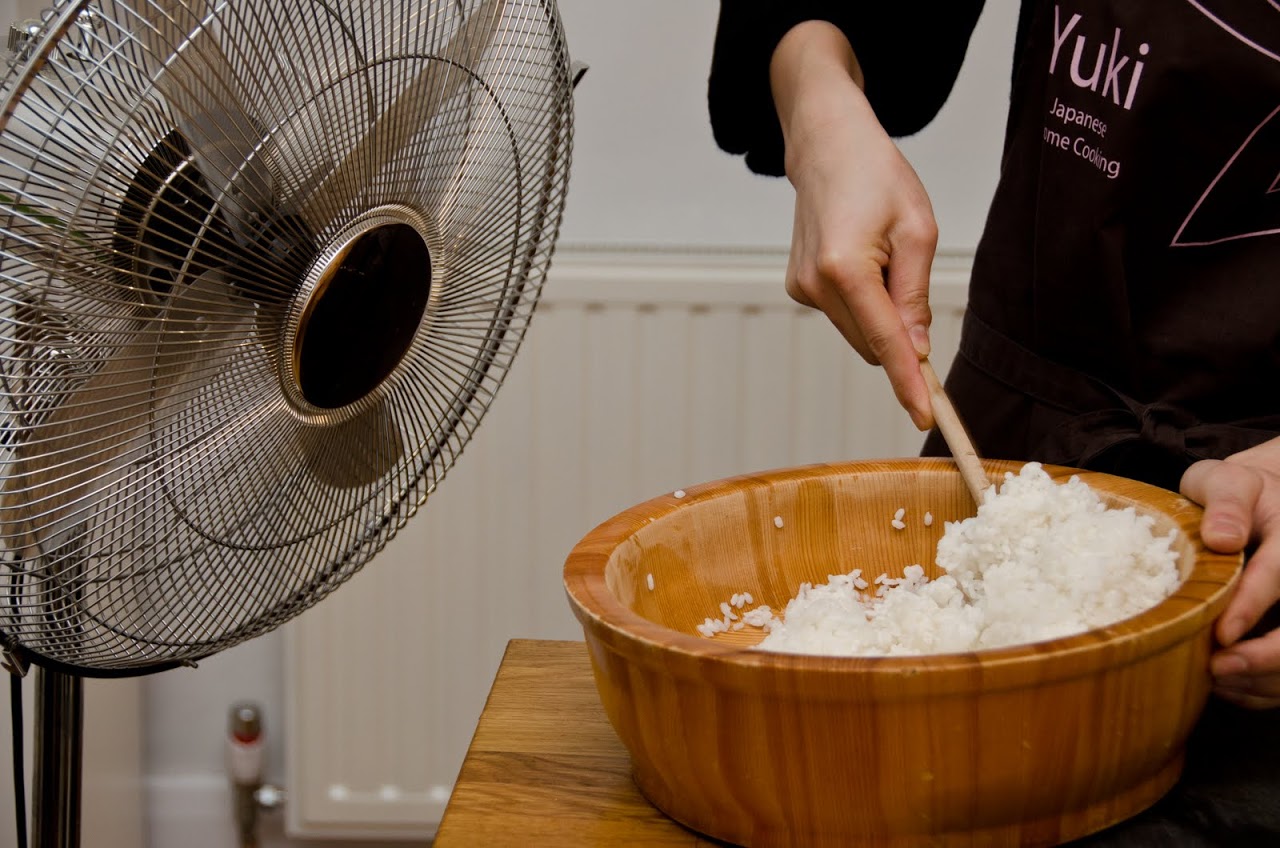
|
||
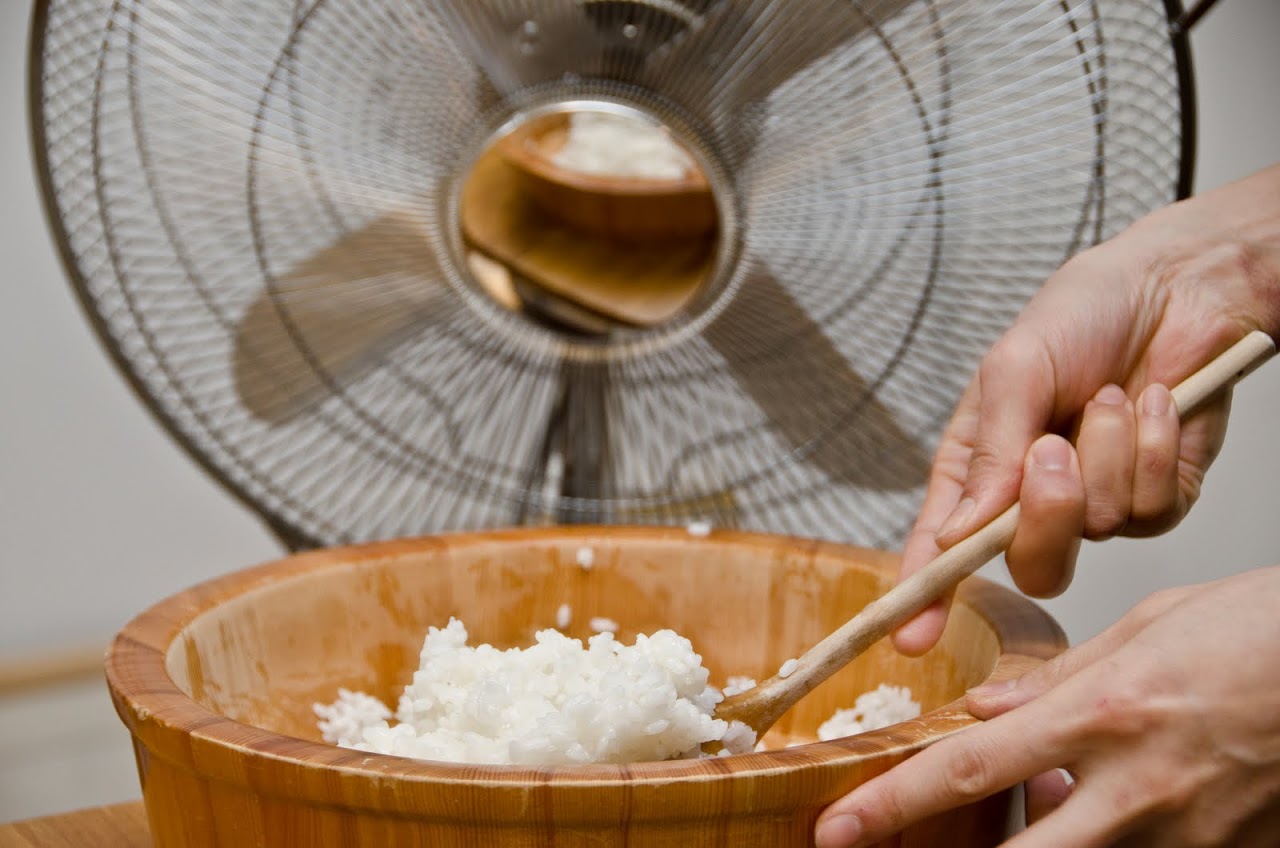
|
|||
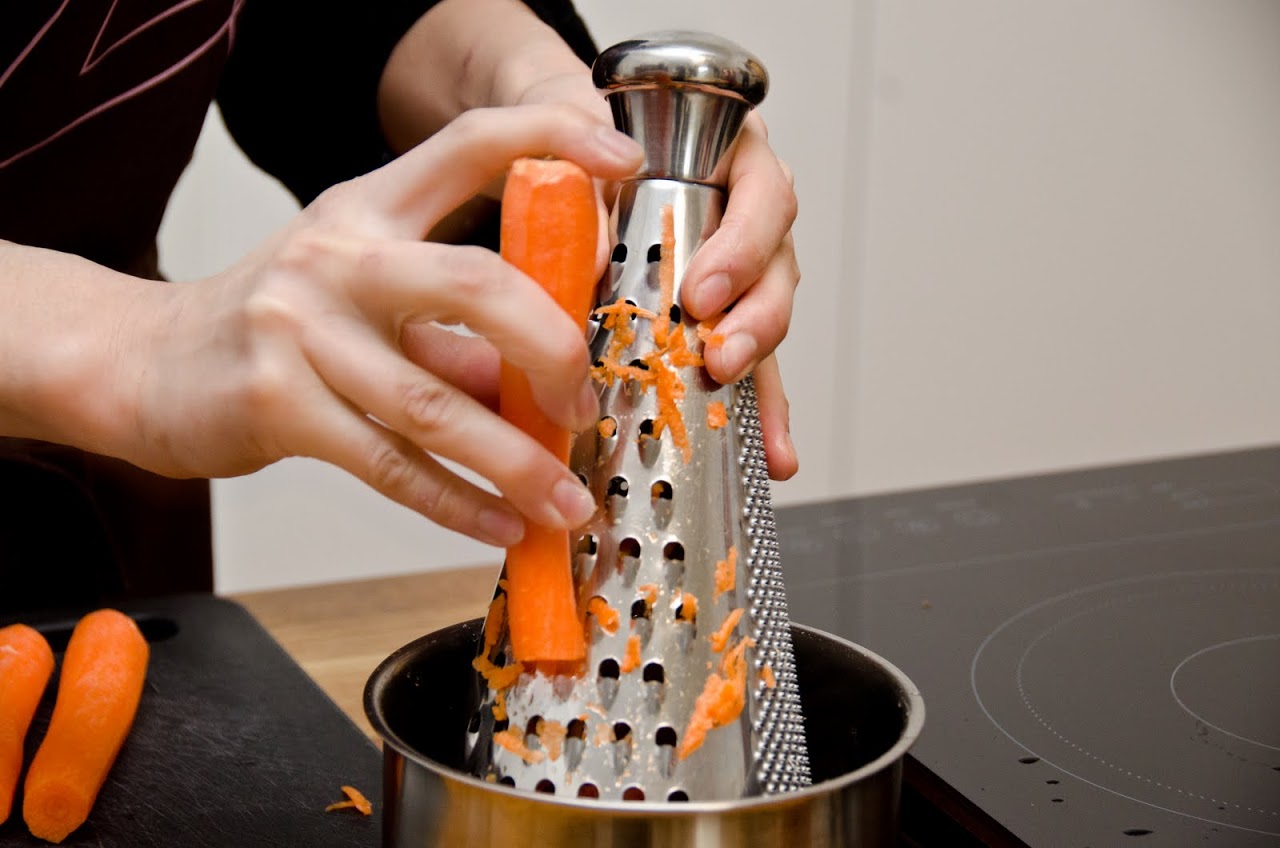
|
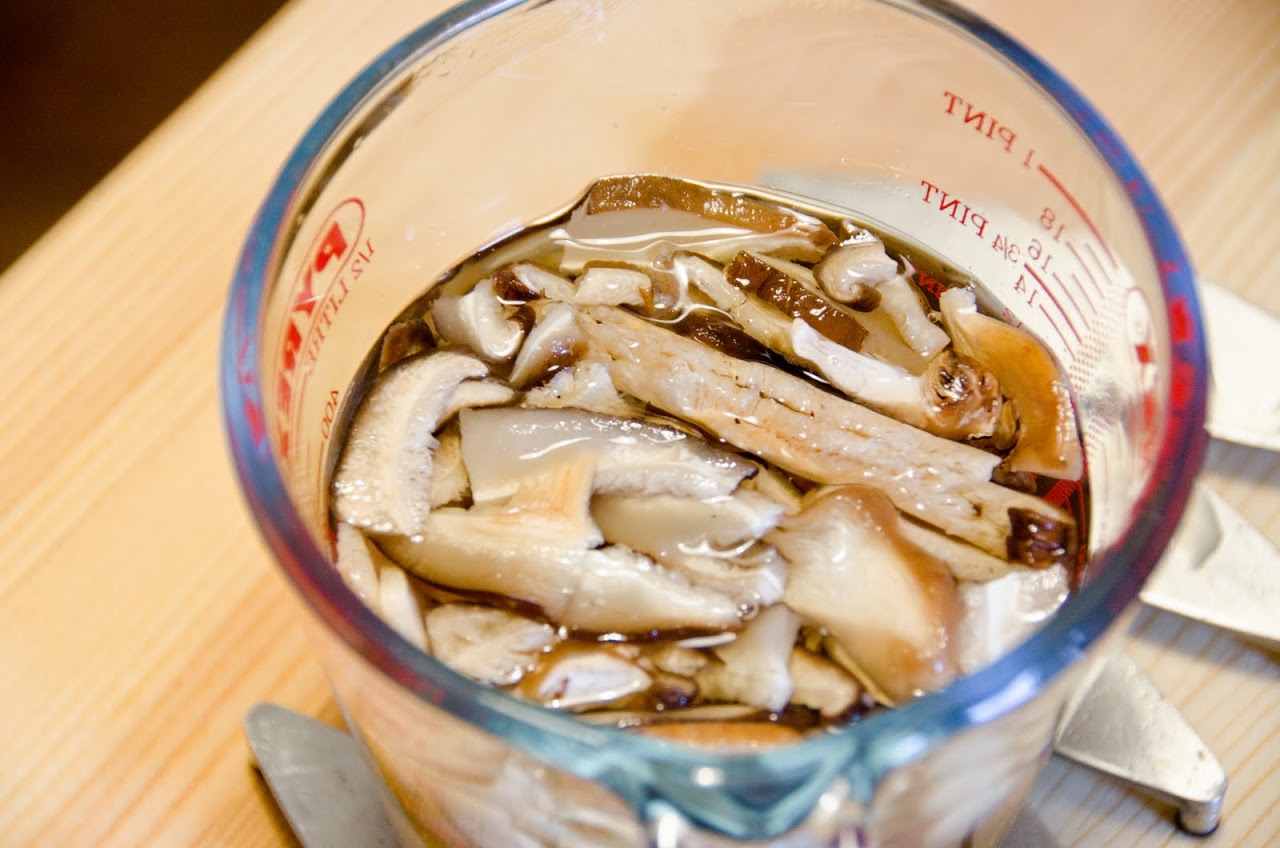
|
||
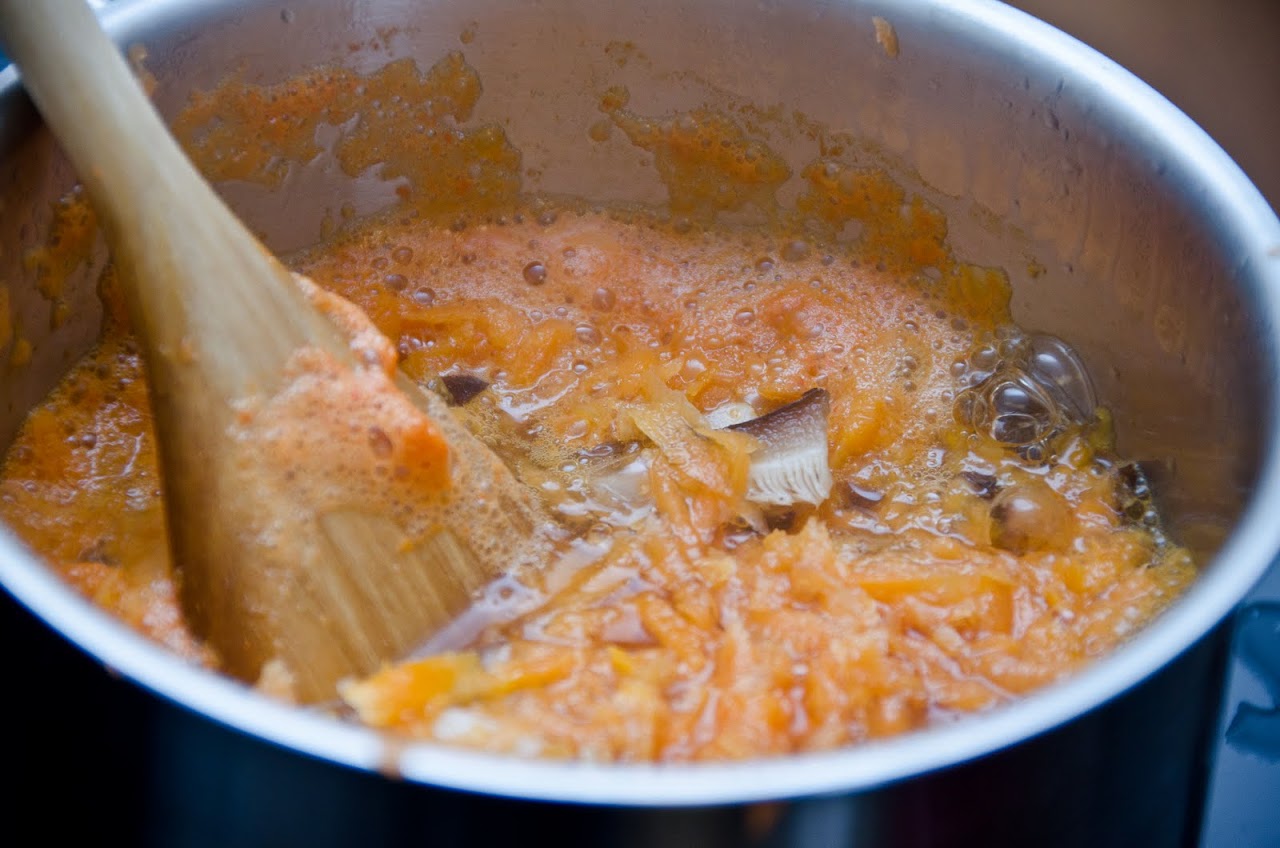
|
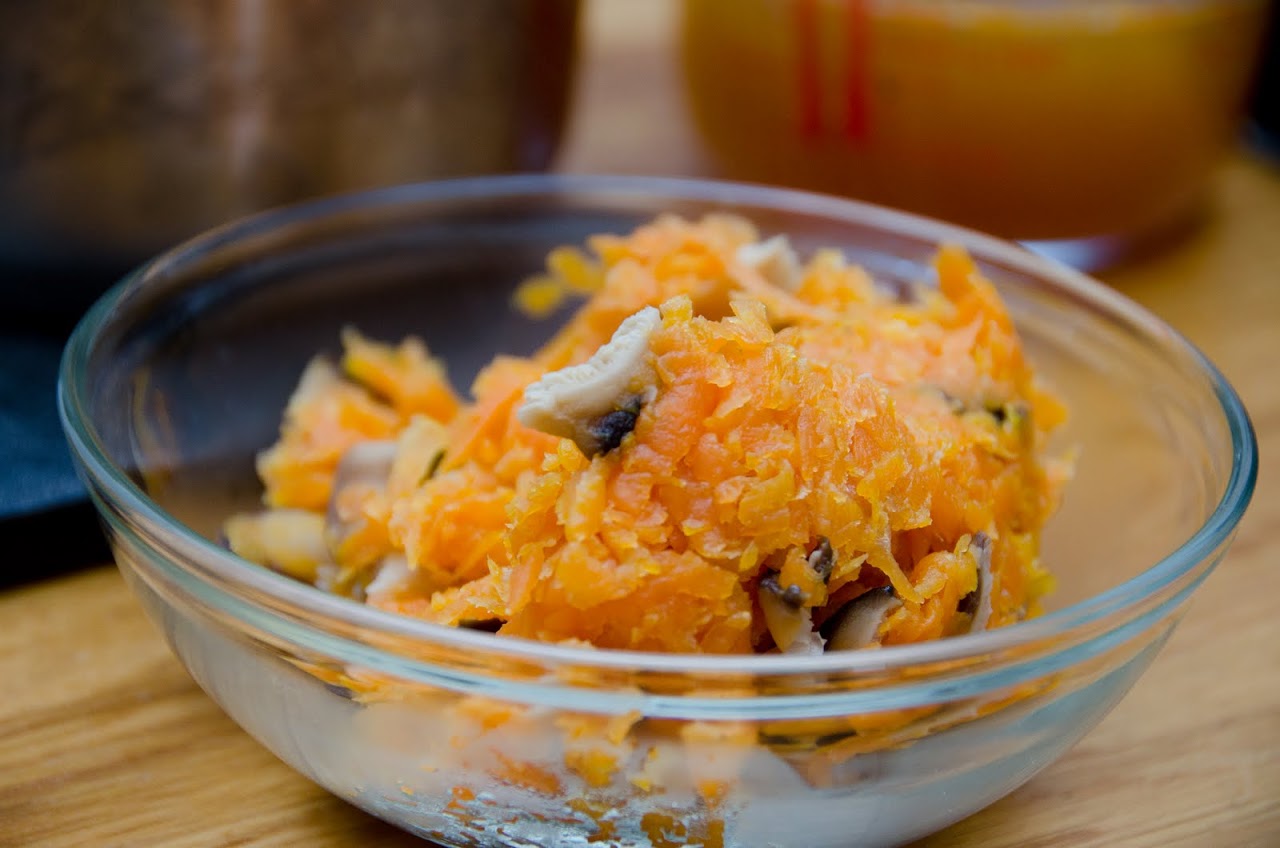
|
||
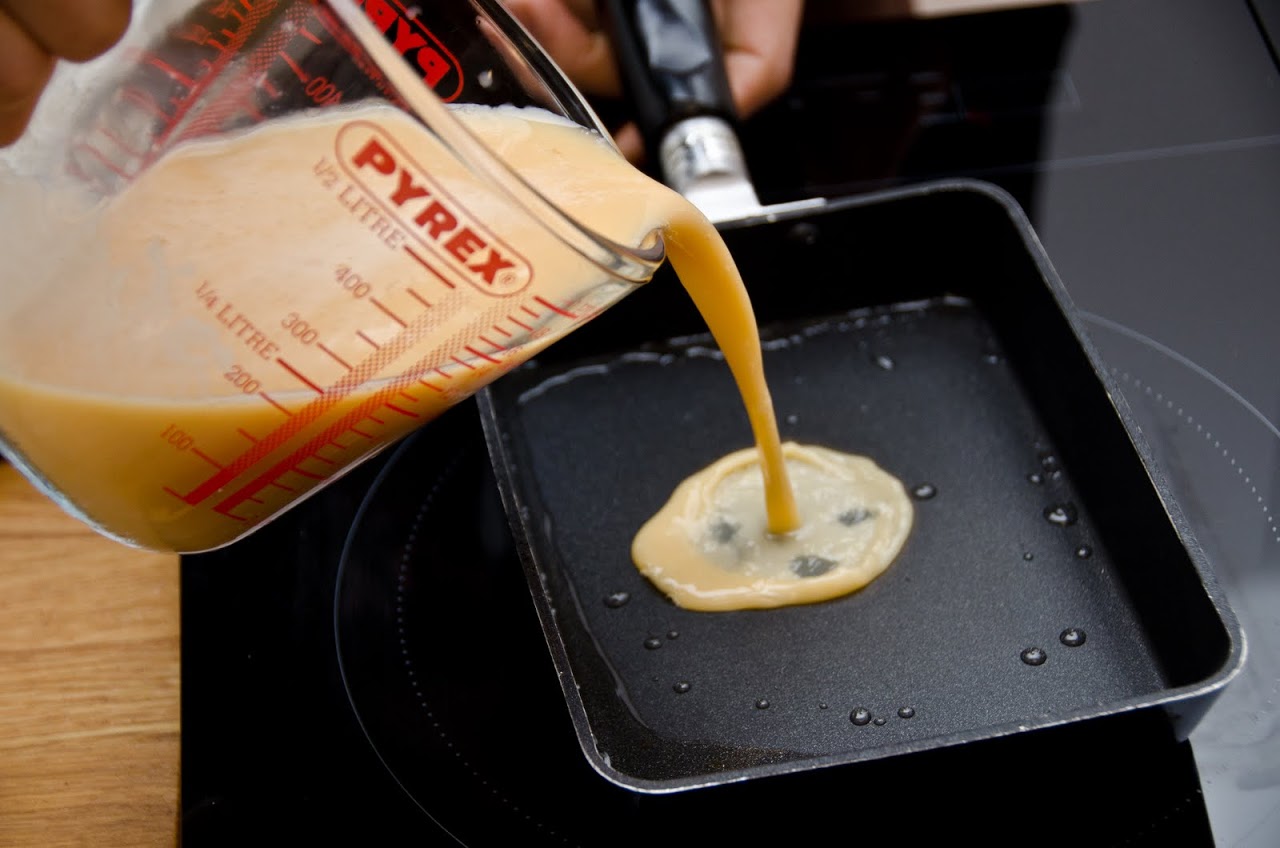
|
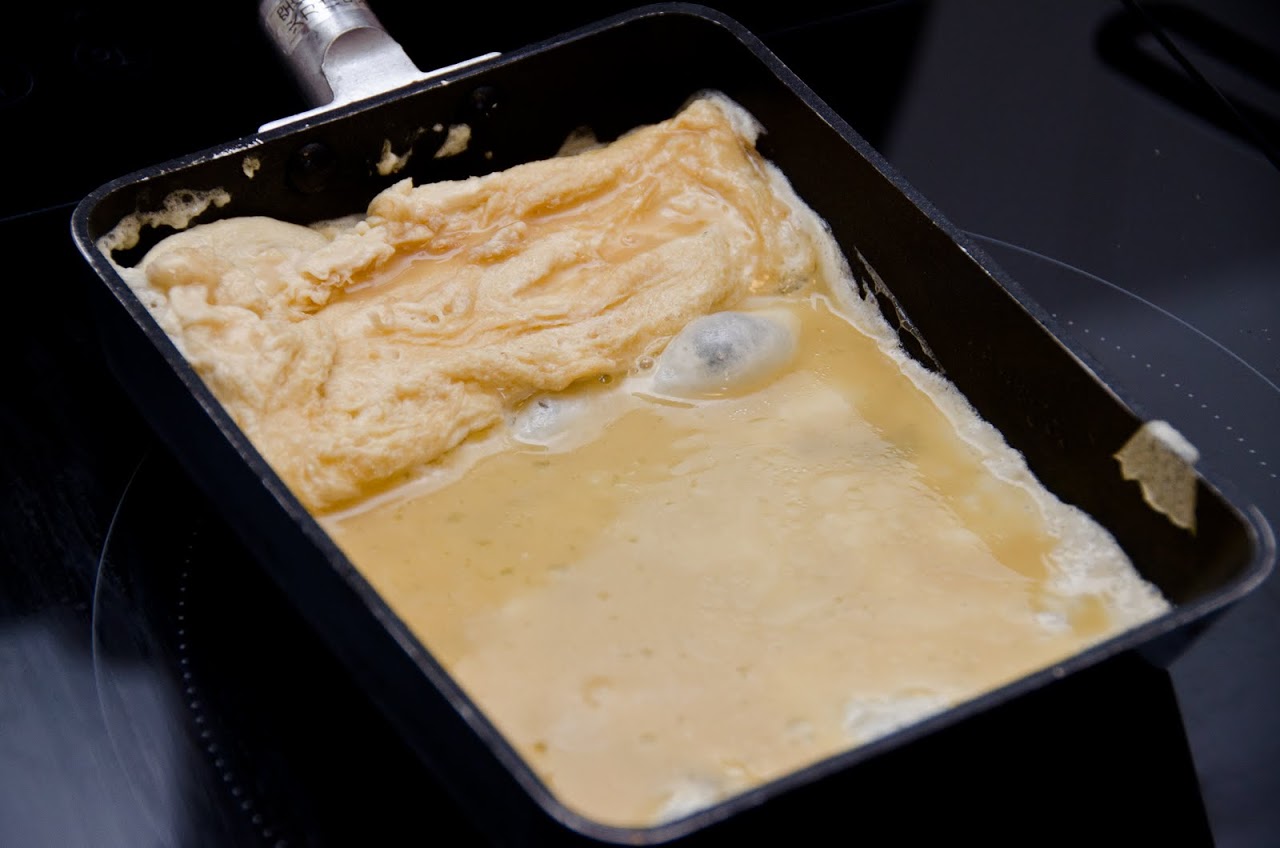
|
||
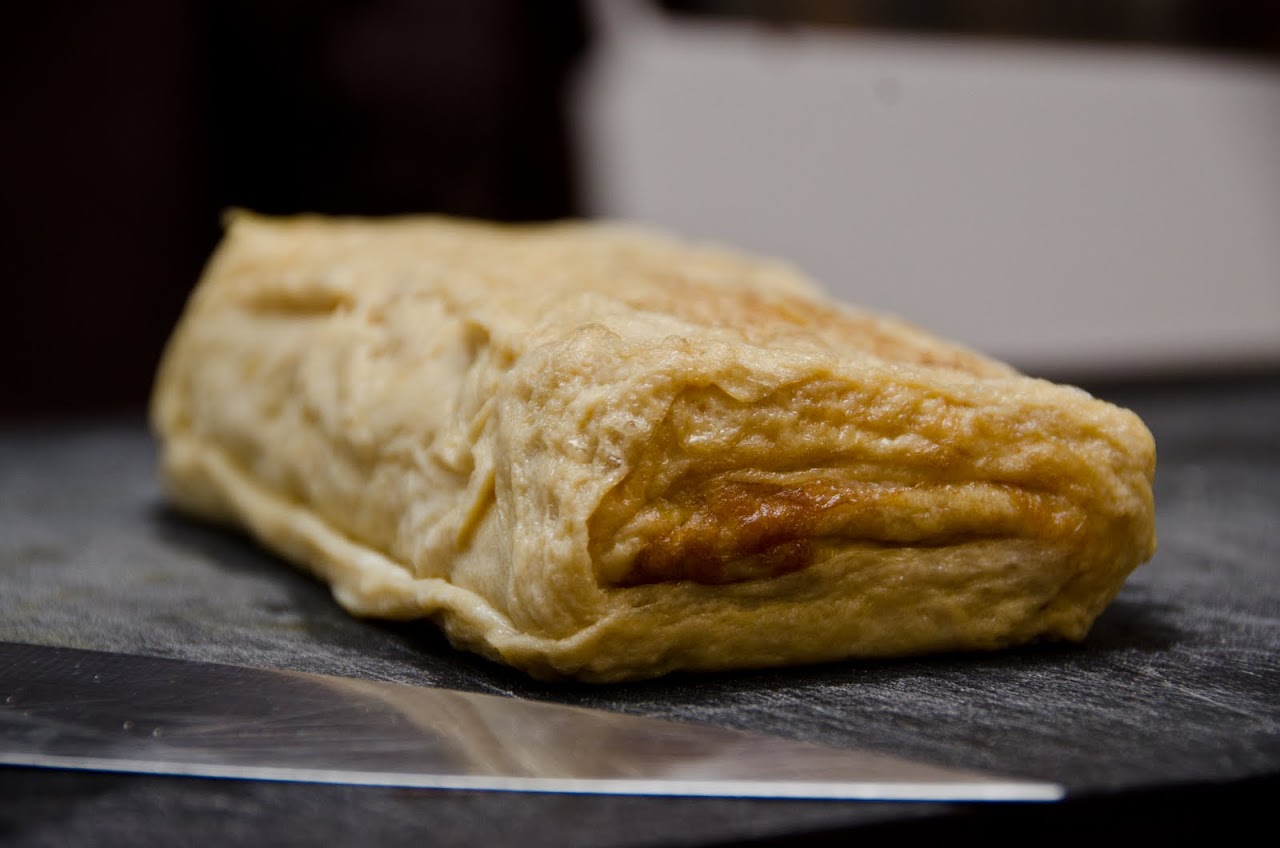
|
|||
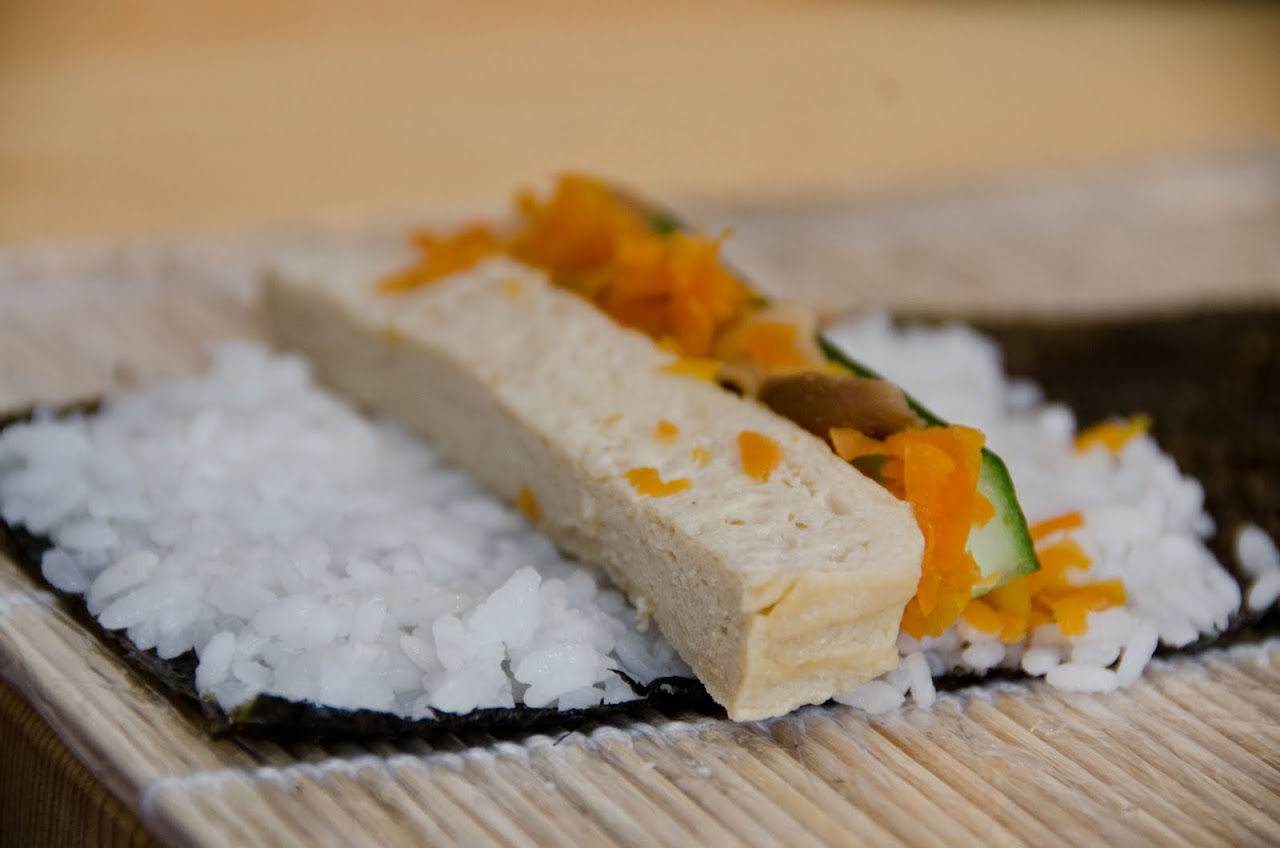
|
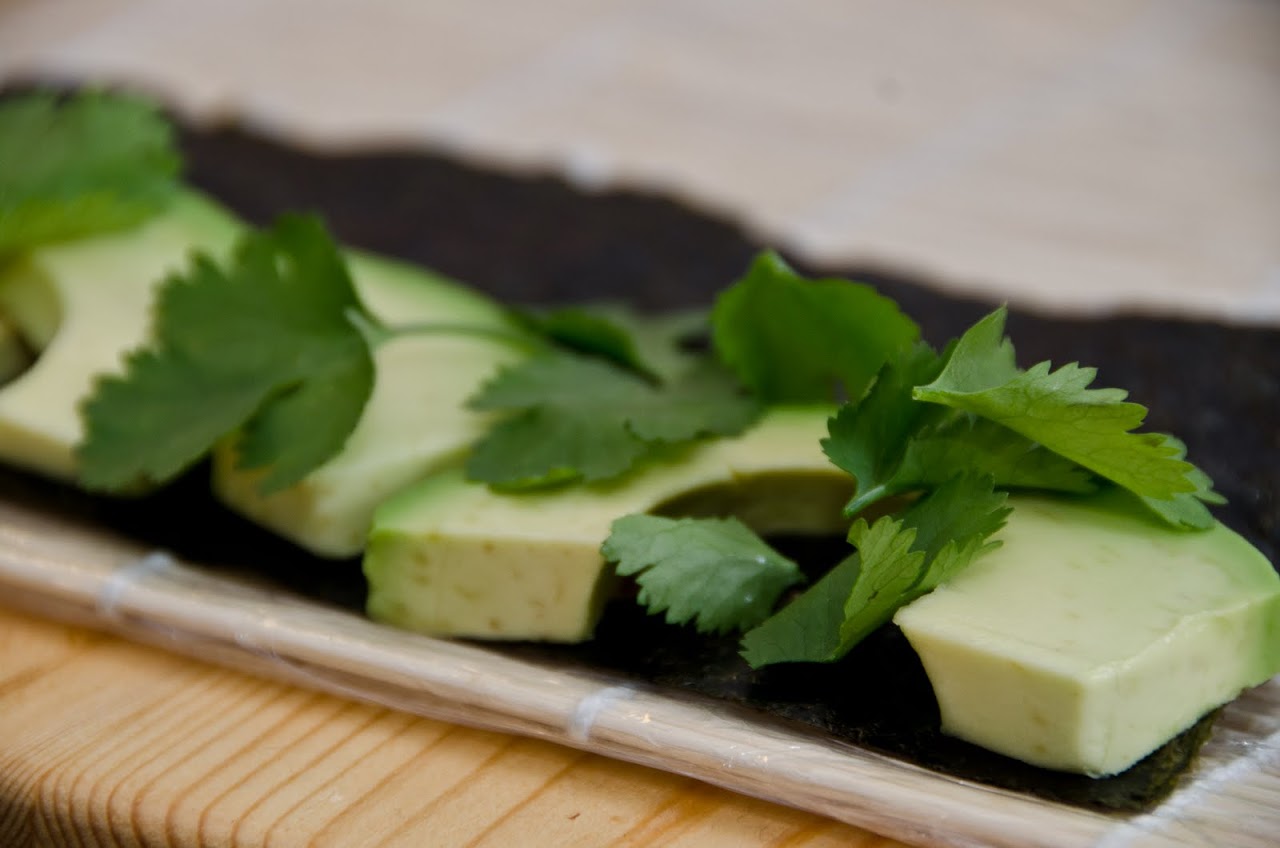
|
||
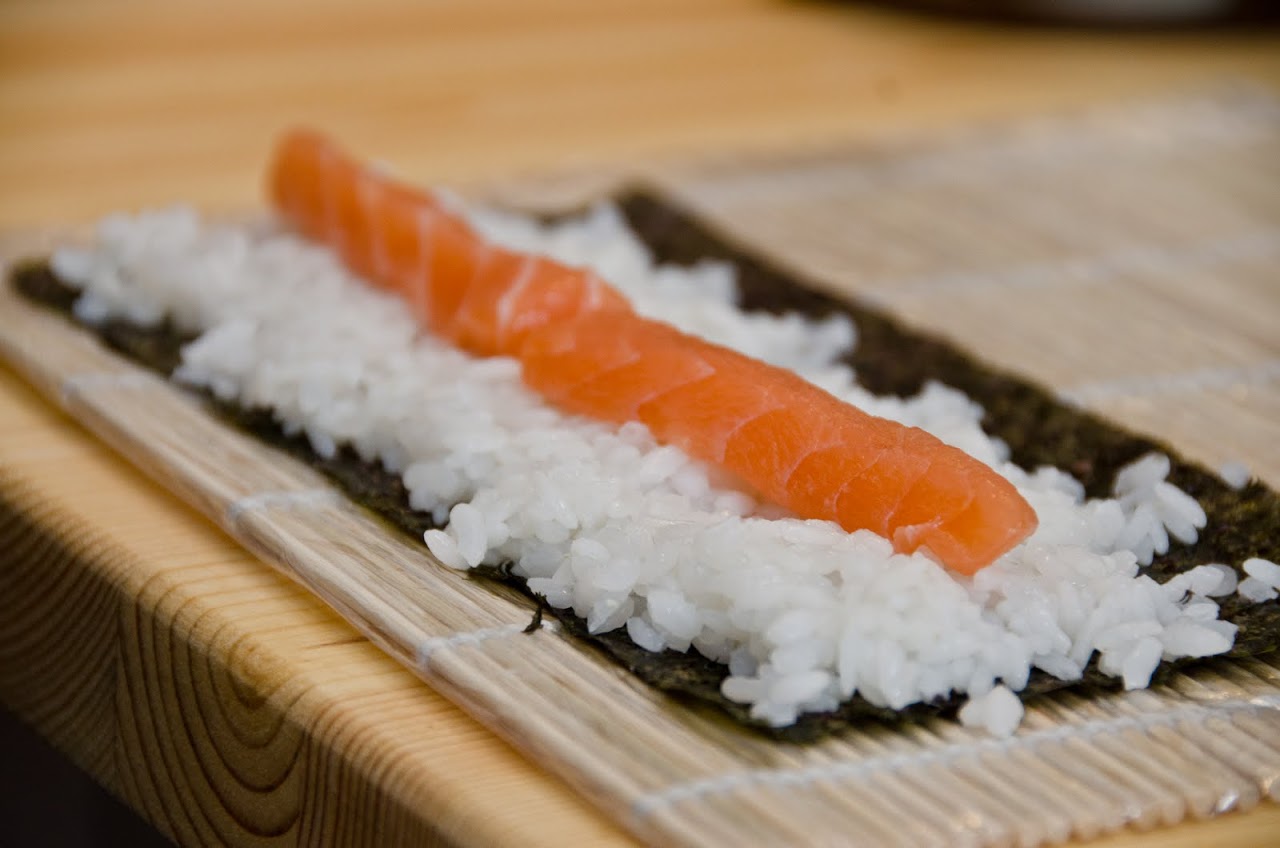
|
|||
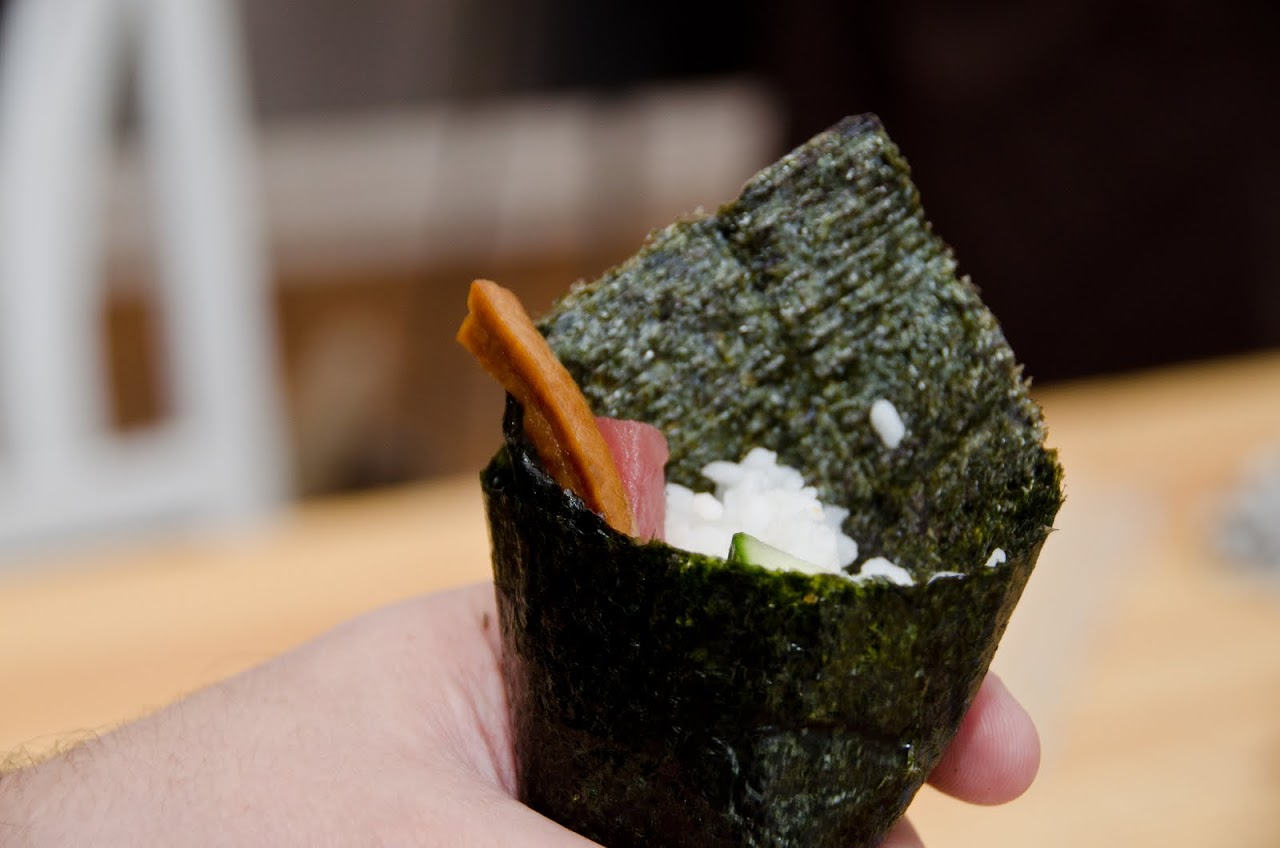
|
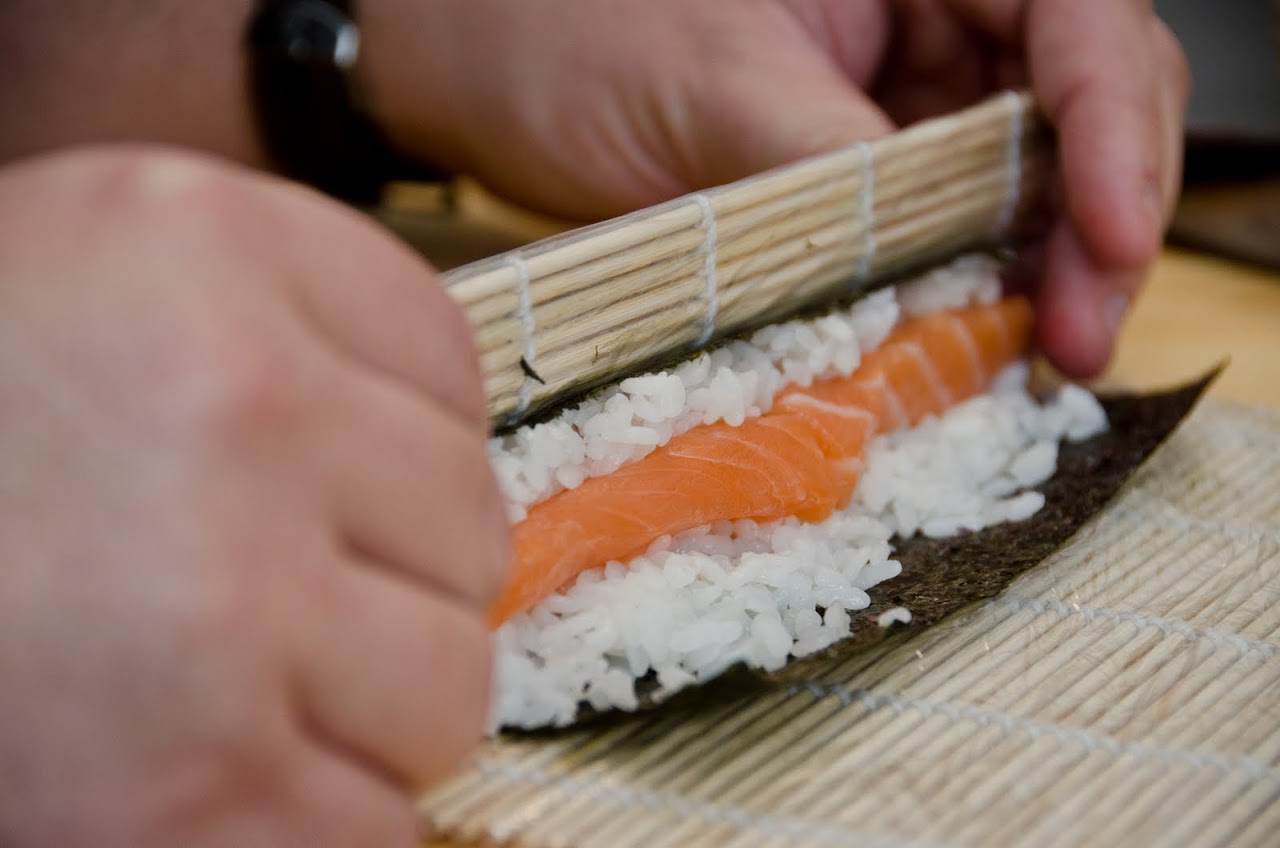
|
||
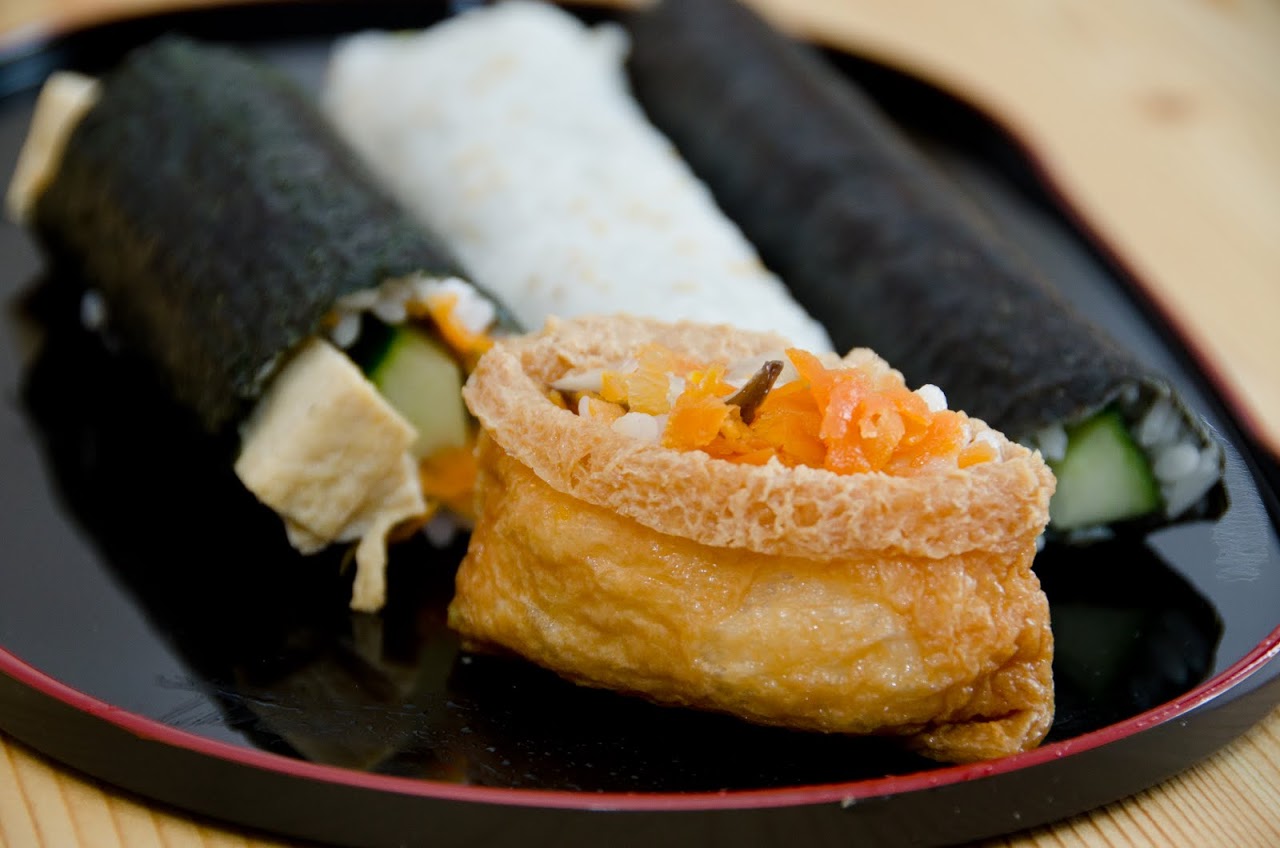
|
|||
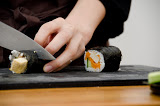
|
|||

|

|
||
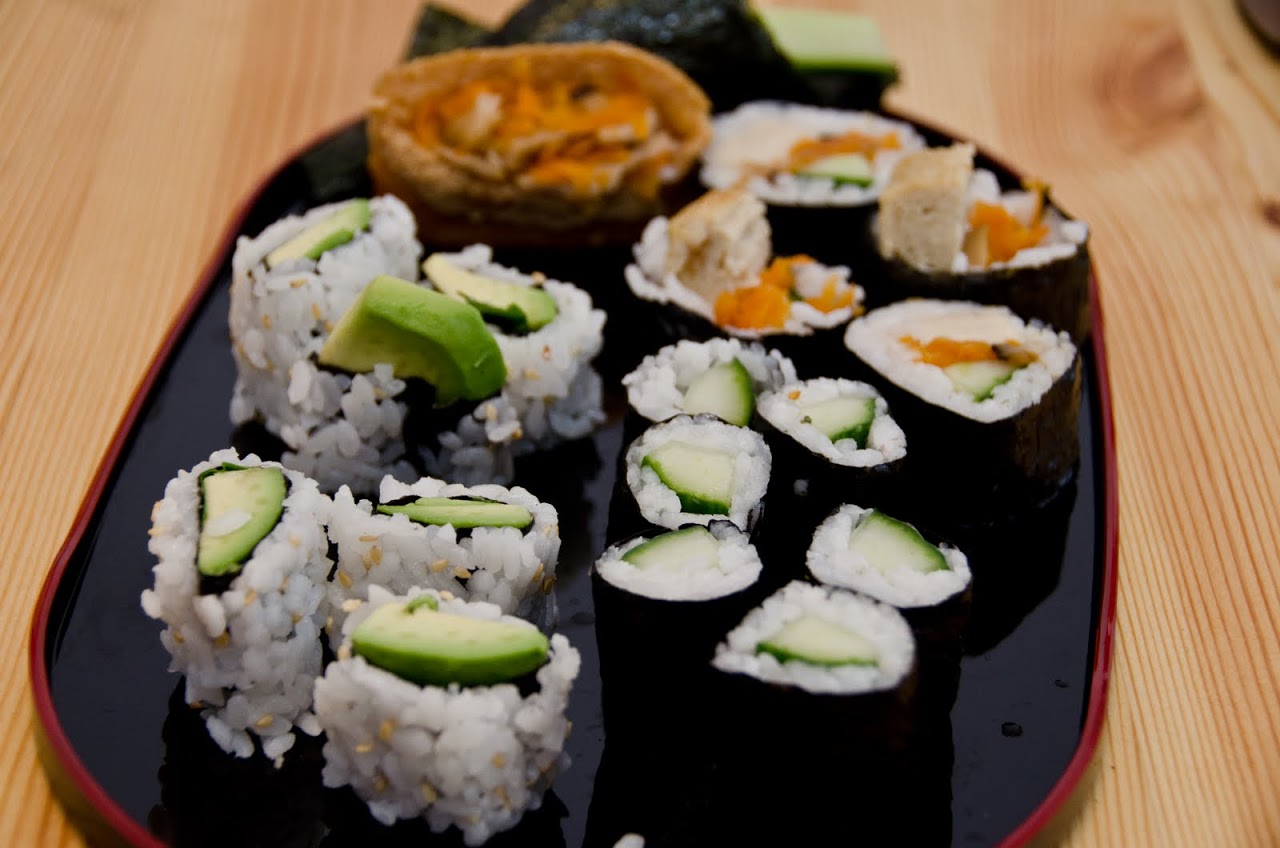
|
|||








